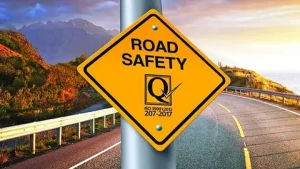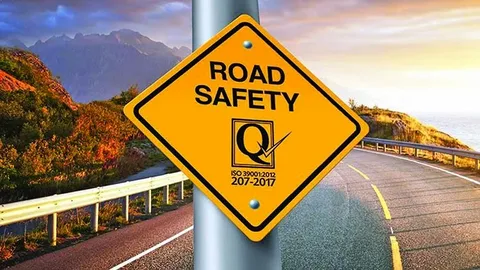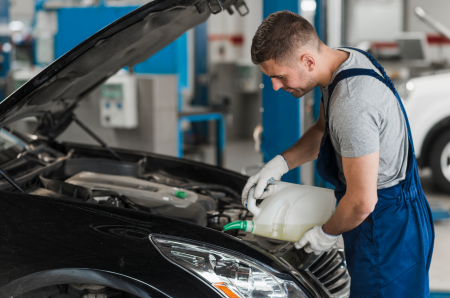Did you know? Heavy vehicles account for approximately 18% of all road crash deaths in Australia, even though they are involved in fewer crashes overall—highlighting just how deadly incidents involving large trucks and buses can be.
These crashes often result in serious outcomes due to the mass and momentum heavy vehicles carry. Given this sobering statistic, improving heavy vehicle safety is essential for protecting all road users.
Whether you’re a driver, fleet manager, or part of the broader community, here are key strategies to enhance safety and reduce risk.
1. Use Crash-Avoidance and Harm-Reduction Technologies
Modern safety tech can make a huge difference:
- Autonomous Emergency Braking (AEB)
- Lane Departure Warning Systems
- Blind Spot Monitoring and Improved Vision Systems
- Side and Rear Underrun Protection Systems
- Electronic Stability Control and ABS braking
Together, these technologies help reduce collision risks and mitigate crash severity when they do occur.
2. Combat Fatigue with Smart Management
Fatigue remains a major threat in trucking. Adhering to regulated driving hours, maintaining regular breaks, and adopting fatigue-monitoring tools (like in-cab alarms or apps) are vital. These steps not only help drivers stay alert but also reduce the likelihood of catastrophic accidents.
3. Maintain Proper Load Securing and Vehicle Inspection
Shifting or improperly secured loads can destabilize heavy vehicles, leading to rollovers or serious accidents. Ensuring proper loading procedures and conducting regular vehicle maintenance are non-negotiable for road safety.
4. Improve Awareness of Blind Spots and Following Distance
Heavy vehicles suffer from significant blind spots, particularly on the sides and rear.
As a rule of thumb:
- Light-vehicle drivers should avoid lingering in truck blind zones.
- Maintain a minimum two-second following distance, especially when behind a heavy vehicle—allowing more reaction time for both parties.
5. Strengthen Regulatory Compliance and Operator Training
Regulations established under the Heavy Vehicle National Law (HVNL), overseen by the National Heavy Vehicle Regulator (NHVR), have ushered in stricter safety standards across Australia. Operator accreditation, chain-of-responsibility training, and certified safety systems help ensure everyone—from fleet managers to drivers—understands and meets their obligations.
6. Design Safer Roads for Heavy Traffic
Heavy vehicle safety is especially critical on rural and regional roads, where serious crashes are more common. By investing in infrastructure improvements such as wider lanes, safer intersections, well-placed rest areas, and clearer signage, the risks on high-speed remote routes can be significantly reduced.
Summary Table
| Safety Strategy | Why It Matters |
| Crash-avoidance tech | Detects hazards, prevents collisions |
| Fatigue management | Keeps drivers alert, lowers crash risk |
| Load securing & inspections | Prevents accidents due to unstable cargo |
| Increased awareness around trucks | Reduces blind spot–related collisions |
| Regulation & operator training | Sets high standards for safe operations |
| Road infrastructure improvements | Makes rural and regional roads safer for all users |
In Closing
With heavy vehicles contributing to nearly one-fifth of road fatalities in Australia, comprehensive safety measures—from technology and training to infrastructure—are critical.
Whether we’re building safer roads, equipping trucks with smart systems, or driving more cautiously around heavy vehicles, collective efforts can create safer journeys for everyone.
Would you like a real-world checklist for drivers or a fact sheet for fleet safety briefings? I’m happy to help tailor resources to your needs!







